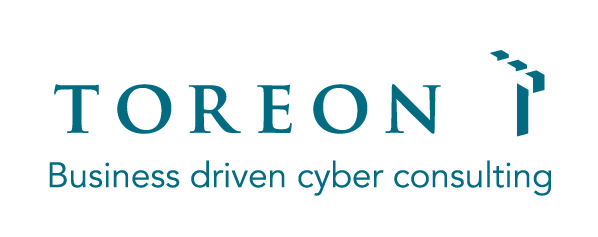We’re excited to announce that we’re rebranding our ‘CISO Insider‘ newsletter to ‘Security Leader Insider‘ to better reflect our evolving audience and the broader scope of the content we provide. While our original focus was tailored specifically for Chief Information Security Officers, the cybersecurity landscape has expanded, and so has the interest and involvement of various roles within the security ecosystem.
By transitioning to ‘Security Leader Insider,’ we aim to deliver valuable insights, updates, and resources that cater to a wider range of professionals who are passionate about cybersecurity, including IT leaders, risk managers, and security practitioners at all levels and even business professionals with an interest in the topic.
This change allows us to provide more inclusive and comprehensive coverage of the ever-changing security challenges and solutions that impact organizations today.
So let’s deep dive into the content of this edition:


